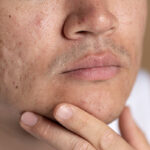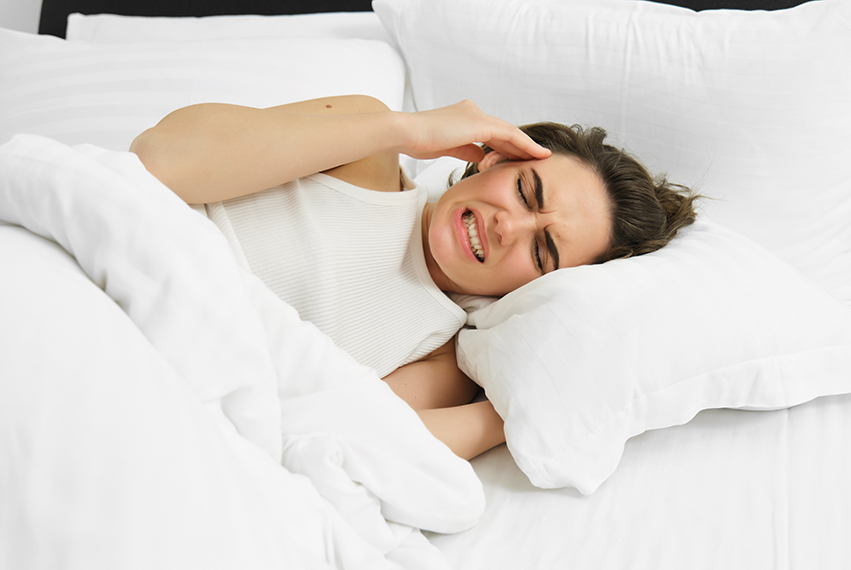Sleep apnea is a common sleep disorder that can have serious health consequences if left untreated. Understanding the types, causes, and risk factors can help individuals identify symptoms early and seek appropriate treatment. In this article, we’ll explore the basics of sleep apnea in simple terms, including where medications like Modalert (modafinil) might come into play.
Types of Sleep Apnea
There are three main types of sleep apnea:
- OSA, or obstructive sleep apnea, is the most prevalent kind. It occurs when the muscles in the back of your throat relax too much to allow normal breathing, causing the airway to narrow or close. This often results in loud snoring or choking sounds as the body struggles to breathe.
- Central Sleep Apnea (CSA): Unlike OSA, CSA happens because the brain doesn’t send the correct signals to the muscles that control breathing. This type is less common and usually associated with certain medical conditions, such as heart failure or stroke.
- Complex Sleep Apnea Syndrome: Also known as treatment-emergent central sleep apnea, this occurs when someone has both OSA and CSA.
Common Causes of Sleep Apnea
Depending on the kind, sleep apnea has different causes:
- Obstructive Sleep Apnea:
- Overweight: Breathing obstructions can result from fat deposits surrounding the upper airway.
- Anatomical features: Enlarged tonsils, a thick neck, or a narrow airway can contribute.
- Aging: As we age, muscle tone decreases, which can affect airway function.
- Smoking: Smoking can aggravate upper airway irritation and fluid retention.
- Nasal congestion: Trouble breathing through your nose can exacerbate OSA.
- Central Sleep Apnea:
- Medical conditions: Conditions like heart disease, stroke, or brainstem issues can interfere with the brain’s ability to control breathing.
- Narcotic pain medications: These can affect the brain’s signals to breathe.
Risk Factors for Sleep Apnea
The following factors raise the chance of getting sleep apnea:
- Excess weight: People with obesity are more likely to have sleep apnea.
- Neck circumference: A thicker neck may have a narrower airway.
- Male gender: Men are more likely to have sleep apnea than women, although the risk increases for women after menopause.
- Age: Sleep apnea occurs more frequently in older adults.
- Family history: You may be at higher risk if you have sleep apnea in your family.
- Use of alcohol, sedatives, or tranquilizers: These substances relax the muscles in your throat.
- Smoking: Compared to non-smokers, smokers have a threefold increased risk of OSA.
- Nasal congestion: If you have difficulty breathing through your nose, whether from an anatomical problem or allergies, you’re more likely to develop OSA.
Role of Modalert in Managing Sleep Apnea
A drug called modalert, or modafinil, is frequently recommended to treat shift work sleep disturbance and narcolepsy-related excessive drowsiness. It can also be used to manage residual sleepiness in patients with obstructive sleep apnea who are using continuous positive airway pressure (CPAP) therapy but still experience daytime sleepiness.
Modalert works by stimulating the brain to promote wakefulness. However, it is not a cure for sleep apnea and does not treat the underlying airway obstruction. It should be used in conjunction with other treatments, such as CPAP, weight loss, or surgery, as advised by a healthcare provider.
Conclusion
Sleep apnea is a serious condition that can significantly impact your quality of life and overall health. Understanding the types, common causes, and risk factors can help in recognizing the symptoms and seeking appropriate treatment. While medications like Modalert can assist in managing daytime sleepiness associated with sleep apnea, they should be part of a comprehensive treatment plan. If you suspect you have sleep apnea, consult a healthcare professional for a proper diagnosis and treatment plan.







